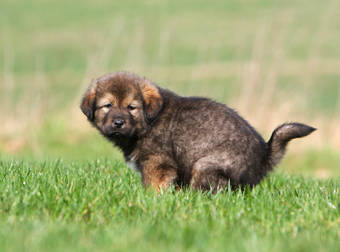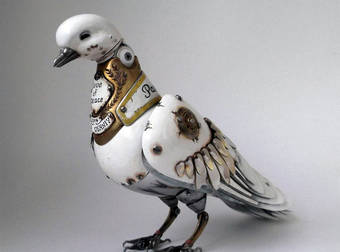In a world where landfills are bursting at the seams and islands of garbage float in the ocean, waste management is a big deal. A chip wrapper here and a plastic bag there might not seem like much, but when multiplied by billions, they certainly makes an impact.
To combat the ever-growing production of waste, Pratt Institute graduate student Aaron Mickelson created The Disappearing Package. For the project, he redesigned common household goods and food products so that their packaging virtually disappeared. According to his study, packaging alone accounts for 140 billion pounds of garbage each year.
Glad Trash Bags
 share
share
Bags are meant to store things. When you think about it, putting bags in a box seems silly. Instead, this design has the bags stored inside the last bag. The last bag is fully functional, just like the others, but is printed with the product label. Bags are pulled up from the center (like sani-wipes). When you get to the bag with the label on it, it’s time to buy more.
Nivea Soap
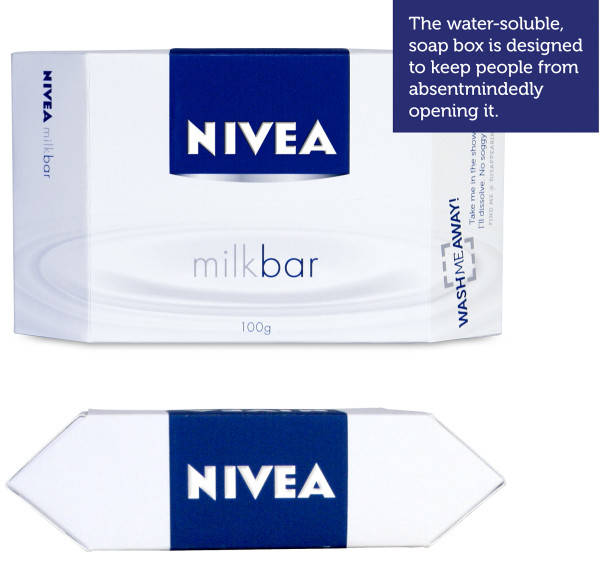 share
share
Instead of popping open a cardboard box, this soap package is designed to not be opened. Why? Because it’s completely water soluble–and 100% non-toxic and septic safe, of course. Simply hop into the shower with the whole thing and the paper will dissolve, leaving you with your new soap bar.
OXO Containers
 share
share
Reusable containers are great for food storage and transport, but OXO containers still come with a paper insert on purchase. It might not seem like a lot, but it could be eliminated entirely with a soap-soluble label printed right on the plastic. Simply wash the new OXO container with soapy water and use.
Tide Laundry Soap
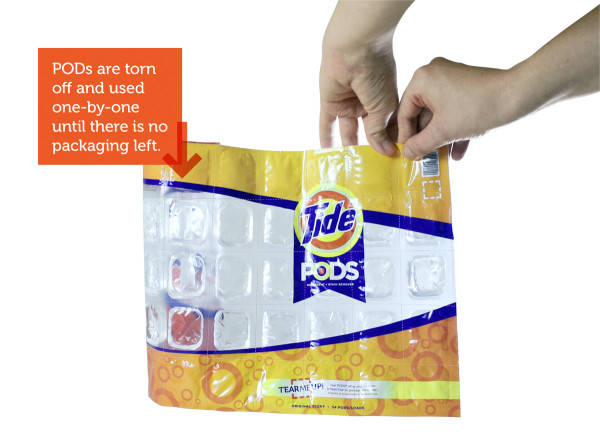 share
share
This sheet of laundry soap pods comes in a sheet, which is rolled into a cylinder. The pod material and ink is all water-soluble, so the whole pod is tossed into the wash. The colored inks dissolve and do not stain clothes–just like the dyes in current laundry soaps (the kind that make the soap blue, for example). When the last pod is used, the whole package is gone.
Twinings Teabags
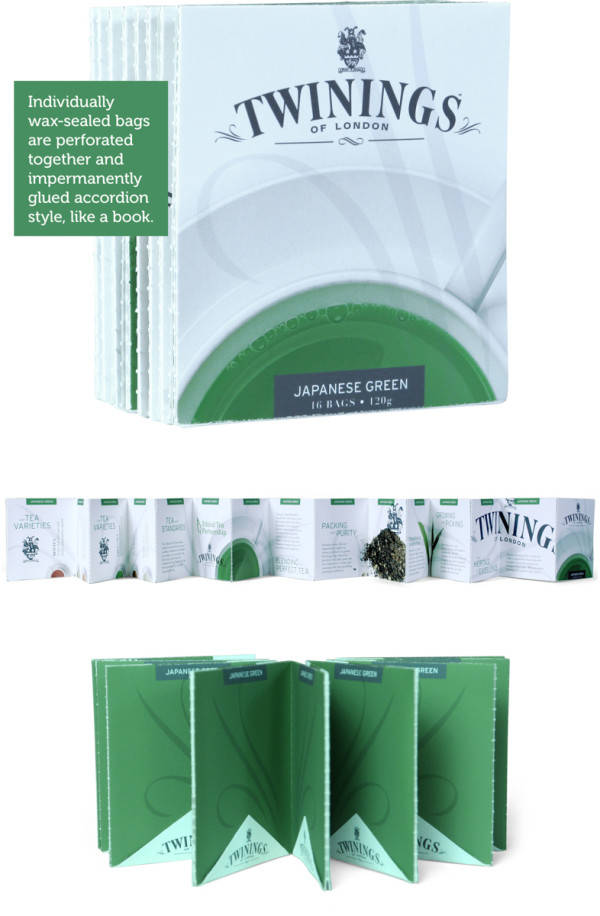 share
share
Instead of being packaged inside a box, this design sees the teabags in individual cardboard envelopes. The sleeves are linked together and folded up accordion style. Food packaging is tricky, as there will always be some waste because food needs to be kept fresh. Yet this design cuts it down significantly. Plus, the accordion shape allows for extra marketing material from the company.
(via Design Milk)
As with anything, there’s no way to remove all waste products –there’s always going to be something left over, because that’s life. But Mickelson’s designs, though in their concept stage, point towards a possible future where waste can be reduced as much as possible, leaving our planet a little cleaner. And on a personal, everyday scale? Well, you wouldn’t have to take the trash out so frequently.
 share
share
 share
share
 share
share
 share
share
 share
share

